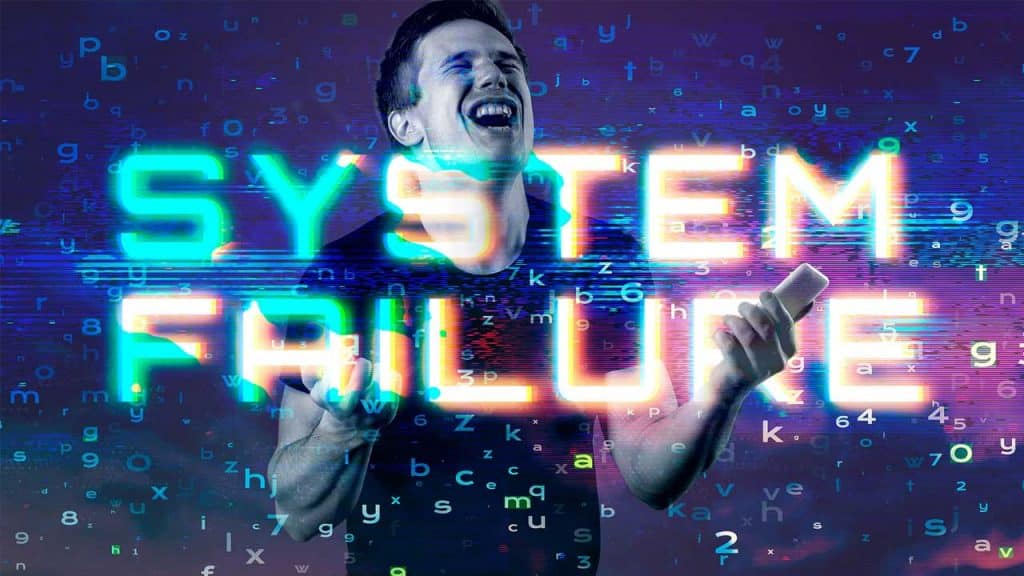The stress as adversarial factor for cyber decision-making

Cyber decision-making is often conditioned by very short response times. High-level research analyzes the impact of stress in these situations
In the context of cybersecurity, there are several factors that make cyberspace operations extremely stressful. These factors include the complexity of such operations, the unpredictability of events that may occur during the operation, and the continuous decision-making process that must be taken and weighed during the course of operations. A perfect breeding ground for stress on cyber decision-making.
As a general rule, these decisions are usually made by applying cost-benefit reasoning. And in the military world, making a bad decision can have very serious effects and consequences for both the mission and the people involved in it.
This cause-effect relationship has become the starting point of high-level research in which I have had the opportunity to participate. A paper was presented just a few days ago at the 2nd Workshop on Recent Advances in Cyber Situational Awareness on Military Operations (CSA 2021) of the international congress ARES2021.
The research is the extension of an academic study (Methodology for the validation of stress-focused biometric systems oriented to cyber risk management), conducted for the Master in Cybersecurity at Universidad Carlos III de Madrid.
All this effort is focused on an issue that perhaps does not receive due attention: the impact of stress as an adverse factor in cyber decision-making. The research focuses on cybersecurity as applied to cyber operations, but in reality, it affects professionals in many other fields.
The aim of the work is to identify the most relevant factors in decision-making and in the acquisition of cyber situational awareness. And, from there, to correlate the phases of stress, to identify the main biometric systems to characterize the stress state of a professional, and to explain its impact on defensive and offensive cybersecurity.
A study that arises from an everyday scenario for professionals working in this sector. The fact is that during operations in cyberspace, operators receive a large number of events and stimuli that they have to process and to which they have to respond appropriately and in a timely manner.
The massive influx of events, stress and burnout negatively impacts the decision-making process. In the military world, these stressors translate into burnout or combat fatigue.
This fatigue affects the cyber operator’s ability to distinguish allied, neutral, and hostile assets. Or even tend to misperceive the cost of the decision (effort, time, self-protection, etc.) as much higher than the expected benefits.
This paper analyzes the concept of cyber situational awareness and its associated stages. Also the effect of cyber situational awareness on the decision-making process and how the acquisition of cyber situational awareness evolves.
In parallel, stress is presented as a critical factor in decision making and how it impacts the cognitive aspect. And an analysis of the process model of stress is introduced and compared with the different stages of the process of acquiring cyber situational awareness.
Real impact of stress
On the other hand, this work also analyzes the impact of stress on decision-making, with particular emphasis on military operations and the decision-making process in both offensive and defensive actions; a review of the main biometric systems that currently exist to characterize, evaluate and measure the level of stress suffered by a person; and the work concludes with some final conclusions and a brief presentation of the next steps necessary to continue with this line of research.
Among the main biometric systems analyzed are galvanic skin response sensors, solutions based on the measurement of heart rate variations (HRV, ECG or Plethysmography), an those based on the study of brain activity (electroencephalography and brain-computer interface solutions, BCI).
The research also focuses on solutions based on the study of facial expressions (muscular activity, micro gestures, etc.), on systems based on the study of eye activity (eye disposition, pupil dilation, etc.), and, finally, on systems based on the study of the thermal response of the skin, paying special attention to the thermal evolution of the facial region.
Among the main conclusions drawn from the work presented is the need to implement a system of these characteristics, taking advantage of the current trend of digitization that all industries and at all levels are experiencing (especially in the military and security forces).
In addition, it will be necessary to continue research in this line of investigation to try to design devices with a lower SNR ratio, less intrusive and try to improve these systems more and more to make them more accessible to users and improve their availability and acceptance when using this type of solutions.
Discover our work and cybersecurity services at www.tarlogic.com
